Indoor plants add color, life, and a touch of calm to any space. From elegant peace lilies to trailing pothos and towering fiddle leaf figs, these green companions can completely transform your home’s atmosphere. But sometimes, even with your best intentions, you might notice your plant just isn’t growing. The leaves remain the same size, new shoots don’t appear, and the once-thriving greenery seems to have come to a standstill.
If you’ve been wondering why your indoor plant’s growth has slowed—or stopped altogether—you’re not alone. Many houseplant lovers face this issue at some point. The good news is that most of the reasons behind stunted growth are fixable with a little observation and care.
Let’s look at five common reasons your indoor plant isn’t growing—and what you can do to get it thriving again.
1. Not Enough Light
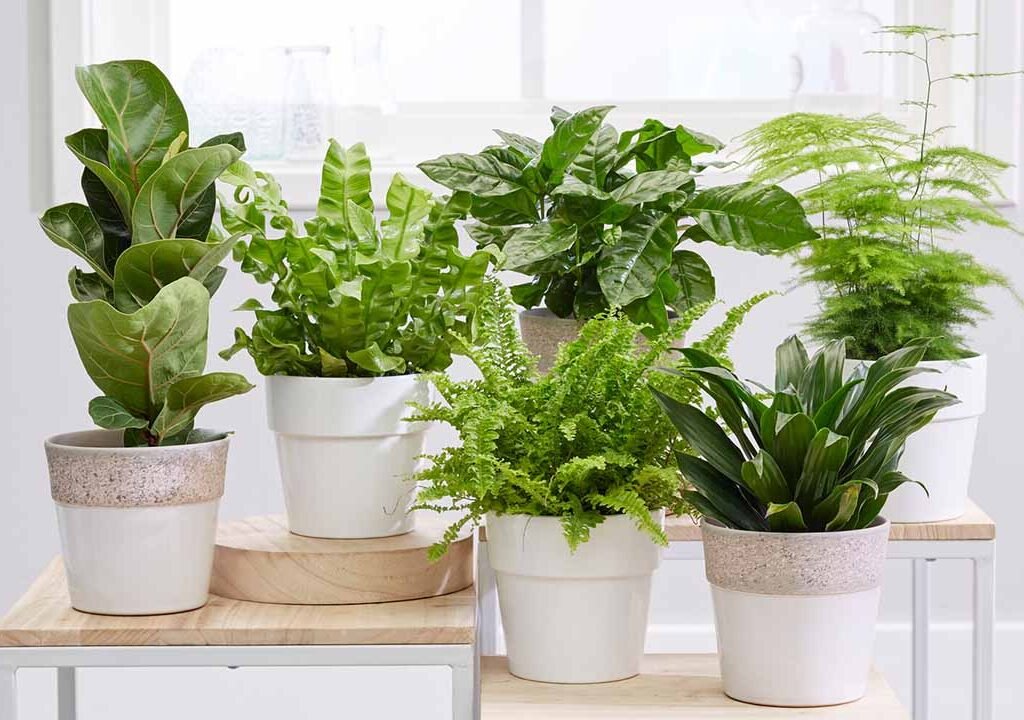
Light is the fuel that drives your plant’s growth. Without enough of it, plants can’t photosynthesize efficiently, which means they can’t produce the energy they need to grow new leaves and roots. Many people underestimate how much light indoor plants actually need. Even plants labeled “low light” don’t thrive in dark corners—they simply tolerate those conditions better than others.
Signs Your Plant Lacks Light:
- The leaves look pale, dull, or yellowish.
- Growth is slow or nonexistent.
- The plant stretches toward the nearest light source, becoming leggy.
What to Do:
- Move your plant closer to a window. Most houseplants thrive in bright, indirect light. East- or west-facing windows are ideal for many species.
- Supplement with artificial light. If natural light is limited, use full-spectrum LED grow lights for 10–12 hours a day.
- Clean your windows and leaves regularly. Dust buildup can block precious light from reaching the plant.
For example, succulents and cacti need direct sunlight to thrive, while plants like the snake plant or pothos can tolerate lower light levels but will still grow faster near a window with filtered light.
2. Overwatering (or Underwatering)
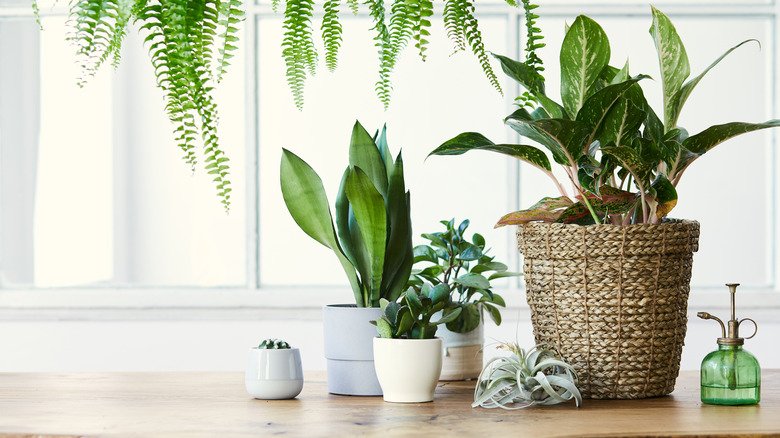
Watering issues are one of the most common causes of poor indoor plant growth. Too much water can suffocate roots, while too little can cause them to dry out. Both conditions lead to stressed plants that stop growing to conserve energy.
Signs of Overwatering:
- Yellowing, drooping leaves.
- Mushy stems or roots.
- Fungus gnats hovering around the soil.
Signs of Underwatering:
- Crispy, dry leaves that curl inward.
- Soil pulling away from the sides of the pot.
- Wilting even after watering.
What to Do:
- Check the soil before watering. Stick your finger about an inch deep—if it’s still moist, wait a few days.
- Ensure proper drainage. Always use pots with drainage holes and a well-draining potting mix.
- Adjust watering frequency by season. Plants generally need more water during active growth (spring and summer) and less in winter.
Remember: it’s better to underwater slightly than to overwater, as plants can recover from mild drought but not from root rot.
3. Poor Soil and Lack of Nutrients
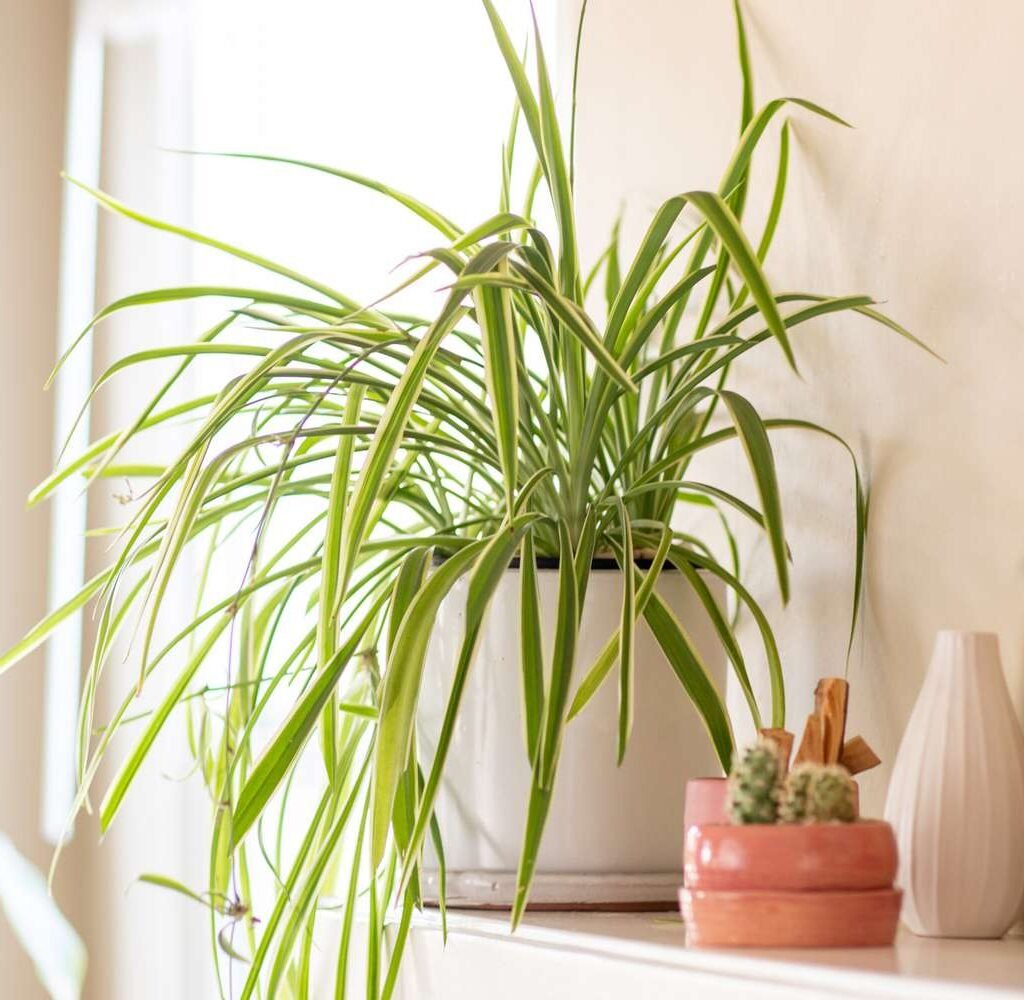
Even if your plant gets the right amount of light and water, it won’t grow if the soil lacks nutrients. Over time, indoor plants deplete the minerals in their potting mix. If you’ve had the same soil for over a year, it may no longer provide the nutrients your plant needs.
Signs of Nutrient Deficiency:
- Leaves are smaller or pale green.
- Growth is noticeably slower.
- Older leaves yellow and fall off.
What to Do:
- Feed your plant regularly. During the growing season (spring through early fall), use a balanced, water-soluble fertilizer (like a 10-10-10 or 20-20-20 formula) every 4–6 weeks.
- Refresh the soil. Every 1–2 years, repot your plant with fresh, nutrient-rich potting mix. This also prevents soil compaction, which restricts root growth.
- Choose the right soil for your plant type. Cacti and succulents need a sandy, well-draining mix, while tropical plants like monsteras and philodendrons prefer loamy, moisture-retentive soil.
A simple rule of thumb: if your plant hasn’t been repotted in over two years, it’s time for a fresh start.
4. The Pot Is Too Small (or Too Big)
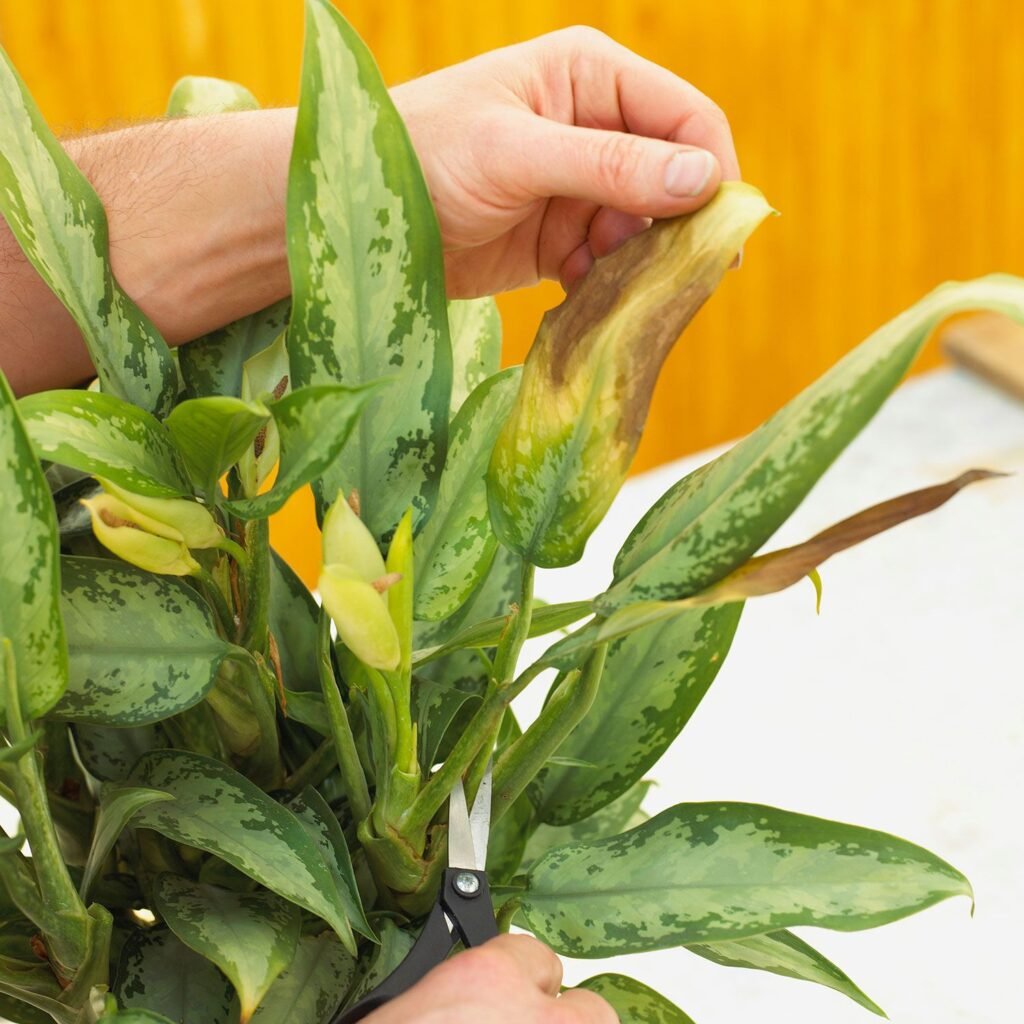
Roots need space to grow, but that doesn’t mean “bigger is better.” A pot that’s too small can restrict root expansion, while one that’s too large retains too much moisture, leading to rot. Either way, your plant’s growth will slow down as it focuses on root survival rather than producing new foliage.
Signs the Pot Size Is the Problem:
- Roots are circling the bottom of the pot or growing out of drainage holes.
- Water drains too quickly or not at all.
- Growth has stalled despite good care.
What to Do:
- Check the roots. Gently remove the plant from its pot. If you see dense, spiraling roots, it’s root-bound and needs more space.
- Repot properly. Choose a pot only 1–2 inches larger in diameter than the current one. This ensures stability and prevents excess water retention.
- Use the right potting mix. A fresh, airy mix allows roots to breathe and absorb nutrients efficiently.
When repotting, gently tease apart compacted roots and remove any dead or rotting sections. After repotting, water lightly and keep the plant out of direct sunlight for a few days to help it recover.
5. Temperature and Humidity Issues
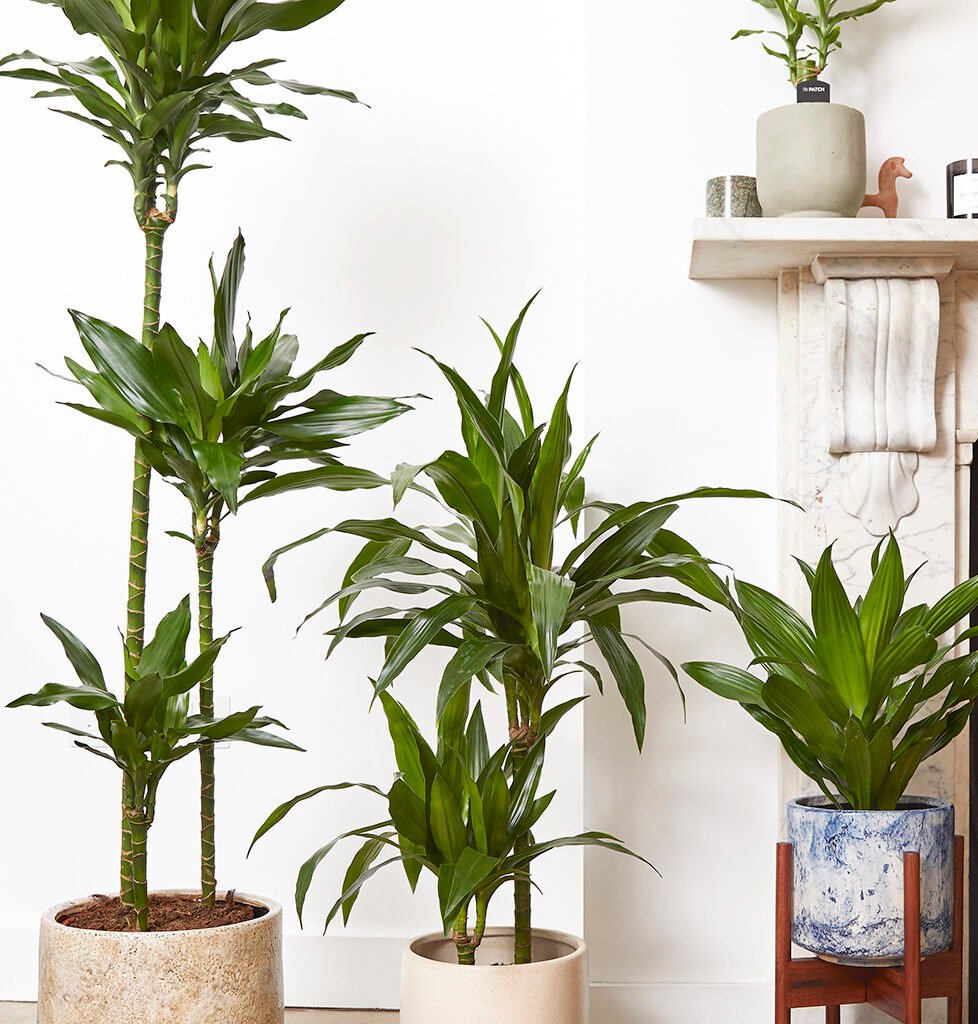
Indoor plants are sensitive to changes in their environment, especially temperature and humidity. Most houseplants originate from tropical or subtropical regions, so they dislike sudden temperature fluctuations or dry air from heaters and air conditioners.
Signs of Temperature or Humidity Stress:
- Brown leaf tips or edges.
- Drooping or curling leaves.
- Growth slows or stops during extreme weather.
What to Do:
- Keep plants away from drafts. Avoid placing them near air vents, heaters, or frequently opened doors.
- Maintain consistent temperatures. Most indoor plants prefer 18–27°C (65–80°F).
- Increase humidity. Use a humidifier, mist leaves occasionally, or place plants on a pebble tray filled with water.
- Group plants together. This naturally increases the humidity in the immediate area.
If your home gets dry in winter, humidity-loving plants like ferns, calatheas, and orchids may struggle unless you boost moisture levels in the air.
Bonus Tip: Seasonal Dormancy Might Be the Cause
Some plants naturally slow down during certain seasons, especially in winter. This period of rest allows them to conserve energy for the next growth cycle. If your plant looks healthy but isn’t producing new growth during colder months, it may just be in its dormant phase.
What to Do:
- Reduce watering and stop fertilizing during dormancy.
- Provide steady, indirect light.
- Resume regular care when new growth appears in spring.
Dormancy is completely normal for species like fiddle leaf figs, alocasias, and ZZ plants. Patience and gentle care are key during this time.
Final Thoughts
When an indoor plant stops growing, it’s a signal that something in its environment isn’t quite right. Light, water, soil quality, pot size, and temperature all play essential roles in your plant’s well-being. By observing the signs and adjusting your care routine, you can revive your plant and help it flourish again.
Remember: plants communicate through their appearance. Drooping, discoloration, or stunted growth are all ways they tell you something’s wrong. With a bit of attention, patience, and the right conditions, your once-stalled plant can become lush, vibrant, and full of new growth again.
Your indoor jungle doesn’t have to be a mystery—just a mindful relationship between you and your green companions. With the right adjustments, every plant can return to thriving, reminding you that even a little change can spark beautiful growth.
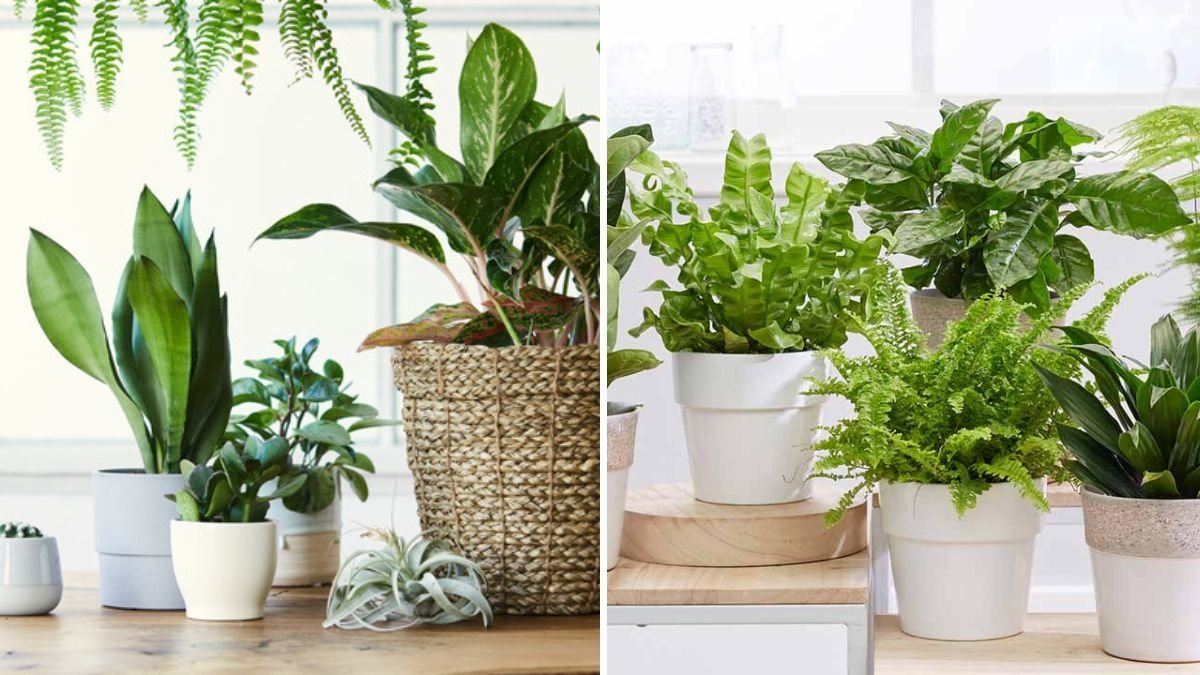




Leave A Comment